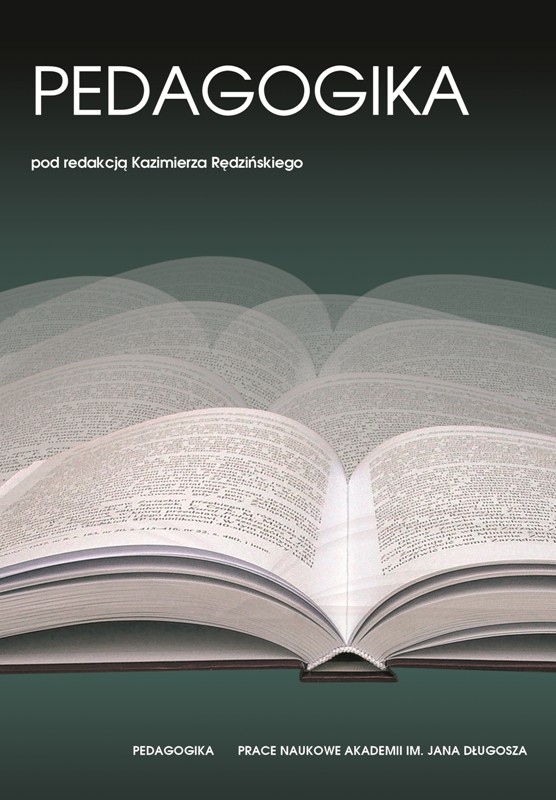The Relevance of Metaphoric Competence for Language Pedagogy
The Relevance of Metaphoric Competence for Language Pedagogy
Author(s): Zbigniew KopećSubject(s): Education, Applied Linguistics
Published by: Uniwersytet Jana Długosza w Częstochowie
Keywords: metaphoric competence; conceptual linguistic;metaphor;communication;discourse; semantic; linguistic motivation;second and foreign language;foreign;target language; cognitive processing;semantic;
Summary/Abstract: In this paper I have outlined the main points of Conceptual Metaphor Theory, arguing that a focus on conceptual metaphor may enable language learners to enhance the development of metaphoric competence in the target language. Metaphoric competence is acquired by means of raising learners awareness of underlying conceptual metaphors both at the semantic and formal levels of linguistic structure. In order to enable ways of discussing metaphor in the second language classroom, learners need some ‘user-friendly’ metalanguage with high explanatory power that goes far beyond a ‘that’s just the way it’s said’ type of explanation . It should be added that the development of metaphoric competence usually occurs from intermediate level onwards and should be correlated with progress towards language proficiency. Learners who have reached a reasonable level of language proficiency should be able to understand and produce metaphorical language. Metaphoric competence may thus be considered a factor in determining the general proficiency of second language learners. Metaphor is a three-dimensional phenomenon. It is a matter of language, thought, and communication. Its presence in language reflects people’s ordinary and conventional way of conceptualising the world. However, its use and structure are culturally determined. Therefore understanding second language metaphors requires a familiarity with the target language culture. Teachers’ role is to draw learners’ attention to the aspects of metaphor in cross-cultural communication. Moreover, learners need to be able to deal with metaphor as it emerges in natural discourse. They need to be able to interpret newly encountered metaphorical meanings with which lexical and syntactic units are permeated in different cultures and discourse communities.
Journal: Pedagogika. Studia i Rozprawy
- Issue Year: 1/2016
- Issue No: 25
- Page Range: 199-211
- Page Count: 13
- Language: English

